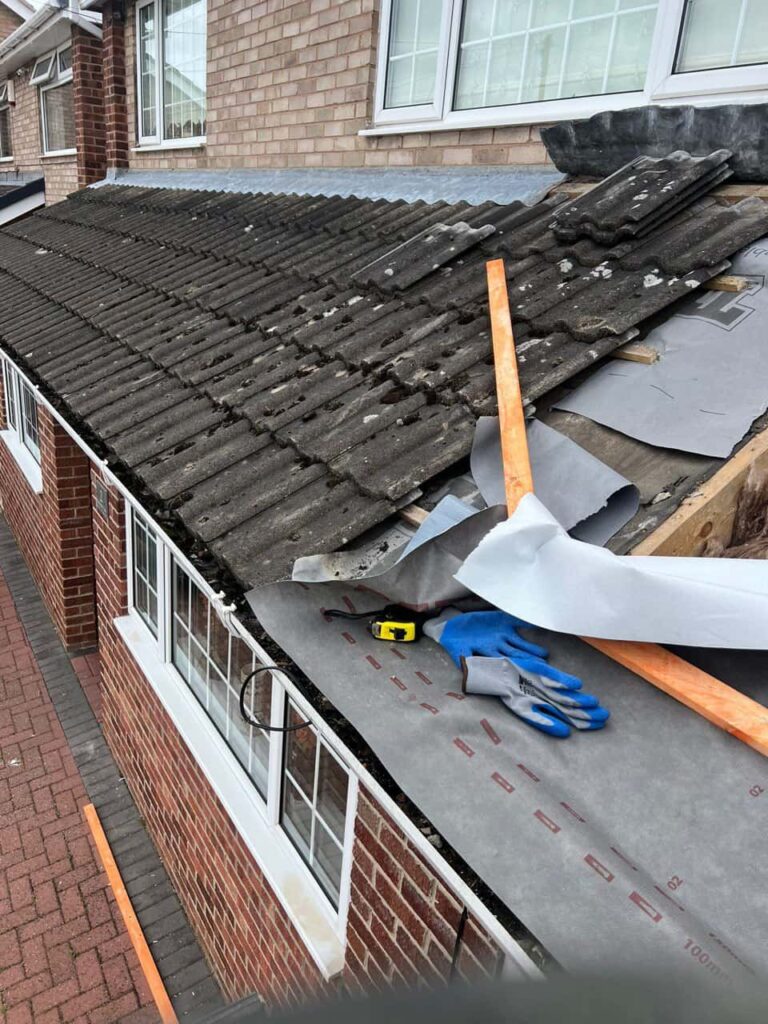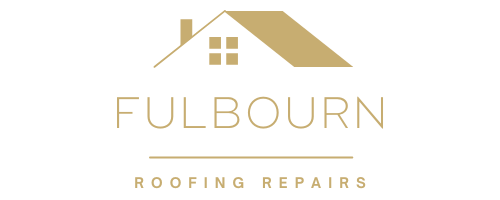Introduction
Pitched roofs have been the preferred roofing style for residential properties for centuries. Their classic design, combined with practical benefits such as durability, weather resistance, and energy efficiency, makes them a reliable choice for homeowners. Whether constructed with tiles, slates, or shingles, pitched roofs offer both aesthetic appeal and long-term functionality.
At Fulbourn Roofing Repairs, we specialise in the installation, maintenance, and repair of pitched roofs in Fulbourn, Cambridgeshire. This article explores why pitched roofs are more popular in residential homes and how they provide long-term value for homeowners.
Key Takeaways
- Pitched roofs offer excellent drainage, reducing the risk of water damage.
- They are highly durable and can last for decades with proper maintenance.
- Their design provides better insulation, improving energy efficiency.
- Pitched roofs allow for additional loft space, increasing property value.
- They enhance the overall appearance of a home and suit various architectural styles.
Benefits of Pitched Roofs in Residential Homes
1. Superior Drainage and Weather Protection
One of the key advantages of pitched roofs is their ability to handle heavy rainfall and snow. The sloped design allows water to run off quickly, preventing pooling and reducing the risk of leaks or structural damage. In regions with unpredictable weather conditions, such as the UK, this feature ensures long-term protection against dampness and roof deterioration.
2. Long-Term Durability and Low Maintenance
Pitched roofs are built to withstand harsh weather conditions, making them a durable option for residential properties. High-quality materials such as clay tiles, slate, and concrete provide excellent resistance against wind, rain, and temperature fluctuations. With regular maintenance, a well-constructed pitched roof can last 50 years or more, significantly reducing the need for frequent repairs or replacements.
3. Improved Energy Efficiency
Pitched roofs contribute to better insulation and energy efficiency in homes. Their structure allows for improved air circulation, helping to regulate indoor temperatures throughout the year. Additionally, they provide ample space for high-performance insulation, reducing heat loss in winter and keeping homes cooler in summer. This helps homeowners lower their energy bills while maintaining a comfortable living environment.
4. Additional Loft Space and Property Value
Unlike flat roofs, pitched roofs offer valuable loft space that can be used for storage or converted into additional living areas. A well-designed loft conversion adds significant value to a property, making it more attractive to potential buyers. The extra space can be used for a home office, guest room, or play area, providing greater functionality without extending the property’s footprint.
5. Enhanced Aesthetic Appeal
Pitched roofs contribute to the visual appeal of residential homes, complementing both traditional and contemporary architectural styles. They create a more structured and elegant appearance, enhancing kerb appeal and increasing property desirability. With various roofing materials and finishes available, homeowners can customise their pitched roofs to match their personal preferences and the character of their home.
Comparing Pitched Roofs to Flat Roofs
1. Longevity and Maintenance
While flat roofs can be a cost-effective solution for certain structures, they generally require more frequent maintenance and have a shorter lifespan. Pitched roofs, on the other hand, are more durable and require fewer repairs over time.
2. Drainage Efficiency
Flat roofs often experience water pooling, leading to potential leaks and damage. In contrast, the natural slope of a pitched roof ensures effective drainage, reducing the risk of standing water and structural issues.
3. Design Versatility
Pitched roofs offer greater flexibility in terms of materials, shapes, and designs. They can be adapted to different architectural styles, whereas flat roofs have a more modern, industrial appearance that may not suit every residential setting.
Choosing the Right Pitched Roof for Your Home
1. Selecting the Right Roofing Material
The choice of roofing material impacts the durability, cost, and appearance of a pitched roof. Common options include:
- Clay tiles: A traditional choice with excellent longevity and weather resistance.
- Slate: A premium option known for its durability and classic appeal.
- Concrete tiles: A cost-effective and versatile alternative to clay and slate.
2. Regular Roof Maintenance
To maximise the lifespan of a pitched roof, homeowners should schedule regular inspections and maintenance. Key maintenance tasks include:
- Checking for missing or damaged tiles.
- Clearing gutters to prevent blockages and water overflow.
- Inspecting flashing and seals for signs of wear.
At Fulbourn Roofing Repairs, we provide professional pitched roof installation and maintenance services in Fulbourn, Cambridgeshire, ensuring long-lasting performance and protection for your home.
Conclusion
Pitched roofs remain the most popular choice for residential homes due to their durability, weather resistance, and aesthetic appeal. They provide excellent drainage, improve energy efficiency, and offer valuable loft space, making them a practical and cost-effective investment for homeowners. With proper installation and regular maintenance, a pitched roof enhances both the functionality and value of a property.
For expert pitched roofing services in Fulbourn, Cambridgeshire, Fulbourn Roofing Repairs offers reliable and professional solutions. Contact us today to discuss your roofing needs and ensure your home benefits from a high-quality, long-lasting roof.
Call us on: 01223 659 397
Click here to find out more about Fulbourn Roofing Repairs
Click here to complete our contact form and see how we can help with your roofing needs.

